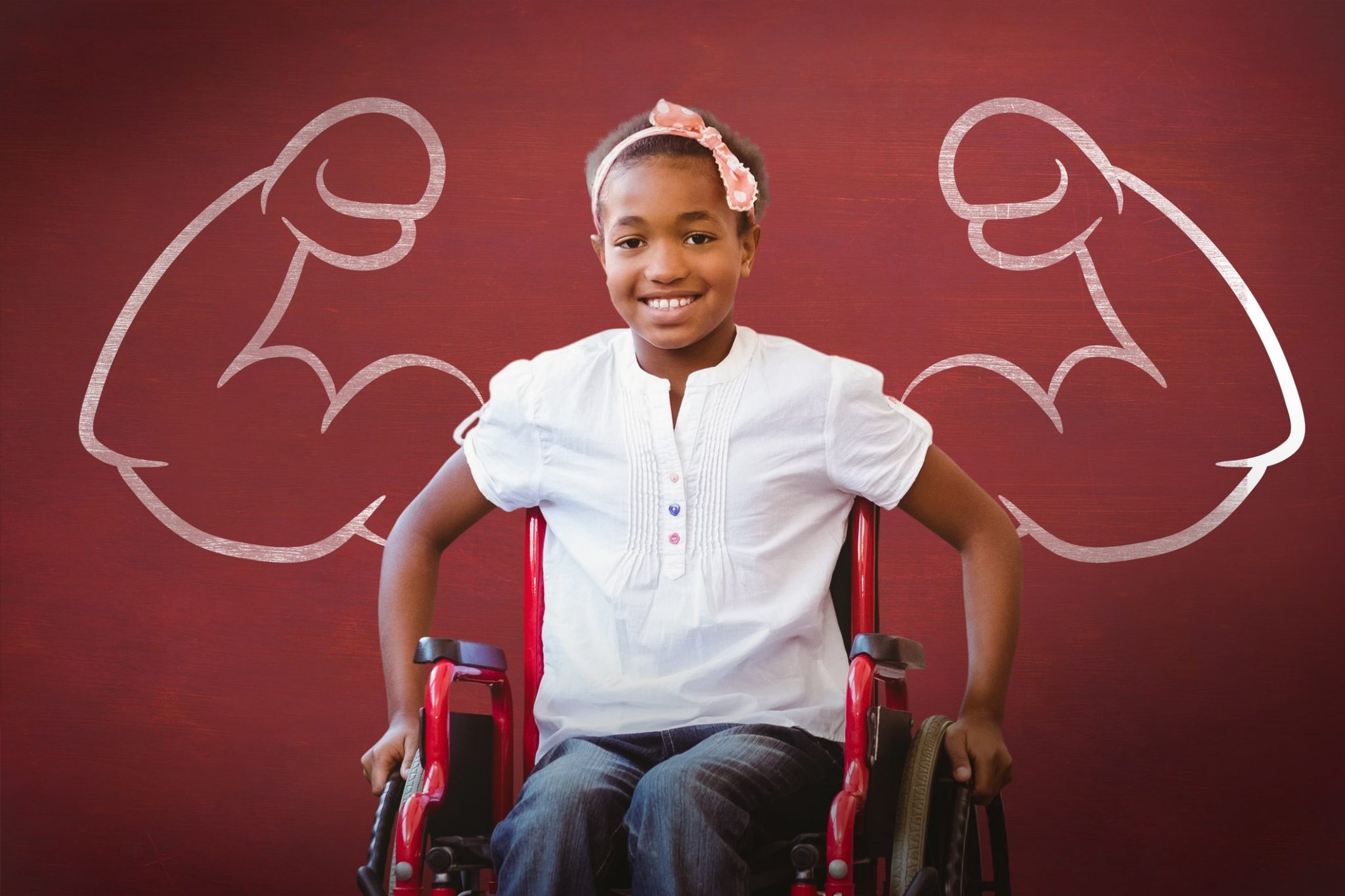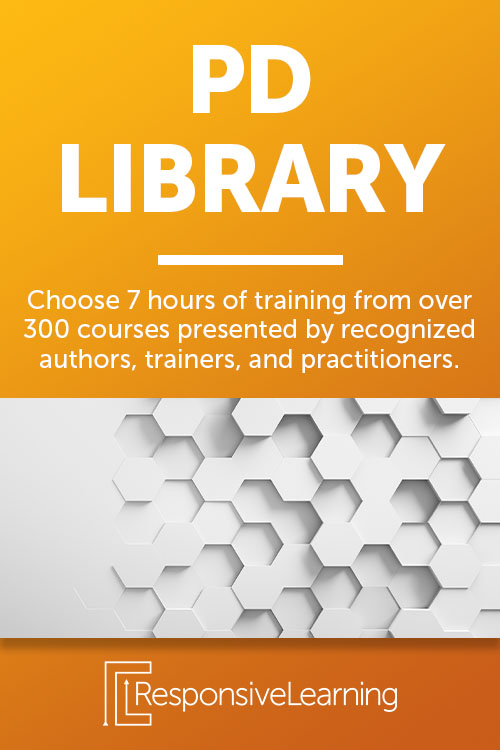A student who is wheelchair-bound would never be tested on their ability to run. Now imagine this same context applied to both physical and cognitive capabilities. Adjustments to the general curriculum in the form of Individual Education Plans (IEPs) must be made to provide accessibility for all students.
So how do you make sure IEP plans are effective? Keys to Special Education – IEP Implementation takes you on a step-by-step instruction of how to properly implement an IEP for students with disabilities to achieve their best academic outcomes.
1. Review IEP Paperwork
An IEP can be used for children ages 3 through 21 in special education services who have a disability that impacts their learning. Special education teacher Ayo Jones details how to successfully implement IEPs. She is a veteran educator, author, and founder of Noodle Nook – an online resource for teachers in special education.
Jones explains, “A plan without proper execution is no plan at all.” As a teacher, you’ll be provided with copies of your student’s IEPs from the campus IEP case manager or relevant committee. Remember, an IEP is only effective when implementation begins on the first day of instruction. Make sure you have ample time to review and plan in advance.
2. Understand Teacher Responsibilities
The Individuals with Disabilities Education Act (IDEA) ensures that special education teachers are responsible for planning, implementing, and monitoring IEPs. You should be informed of your individual responsibilities by your campus or case manager. This will give you a clear understanding of the specific goals and services you must provide.
IEP implementation can include accommodations such as visual support, tangible items, graphic organizers, calculation or speech output devices, and specialized physical equipment. These tools are given to help children with disabilities achieve academic success. Inspire their unique potential, and they will thrive.
3. Deliver Customized Supports
A student with disabilities may need different types of support depending on the setting they’re in. Do you know which supports apply to your classroom or your specific area of content? Make sure you keep a record of the frequency and manner of how you provide these accommodations.
For example, a blind student would be supplied with braille as an alternate format at the same time their nondisabled peers are given reading materials. IEPs will list the particular supplemental aids, supports, accommodations, and modifications needed to assist each student. Be consistent with your delivery to ensure your students’ success.

4. IEP Fidelity
The best way to monitor a student’s progress on an IEP is by consistently gathering data. As a teacher, you must observe and record information regarding student performance and progression. This includes both academic and functional performance such as social skills and communication.
Keep in mind, you must document any alternative formats that you provide for a student with disabilities that are not listed in their IEP. It’s your responsibility to inform the IEP Committee of any changes that are needed for the student to access the curriculum. Remember to display fidelity by following the IEP to the best of your ability and ensure open communication with parents regarding how you’ll report their child’s progress.
Interested in learning more about how you can help your students thrive? Explore the course demo on Keys to Special Education – IEP Implementation today!







